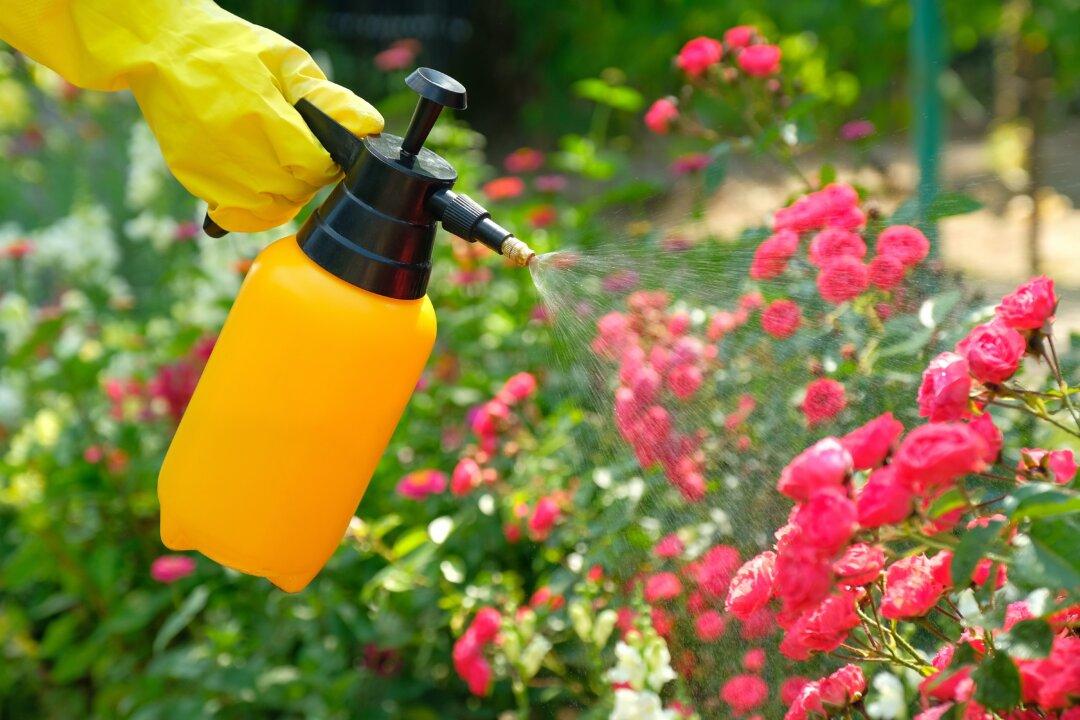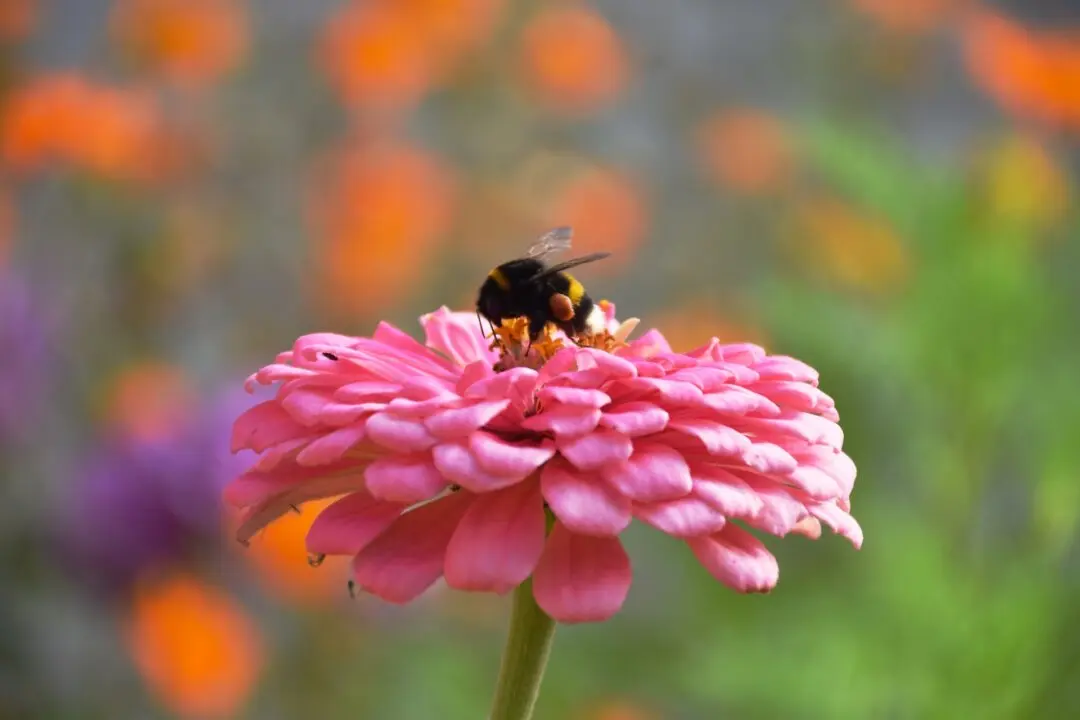Q: I sprayed for weeds in my yard and aphids on my roses, and neither treatment seemed to work. Do you think my two biggest pest problems have developed resistance to pesticides?
A: Pesticide resistance is a serious worldwide problem, but there are other possible reasons your sprays did not work. It would take genetic testing of your pests to be sure. Is it possible that you didn’t follow the label directions and applied the products incorrectly?





